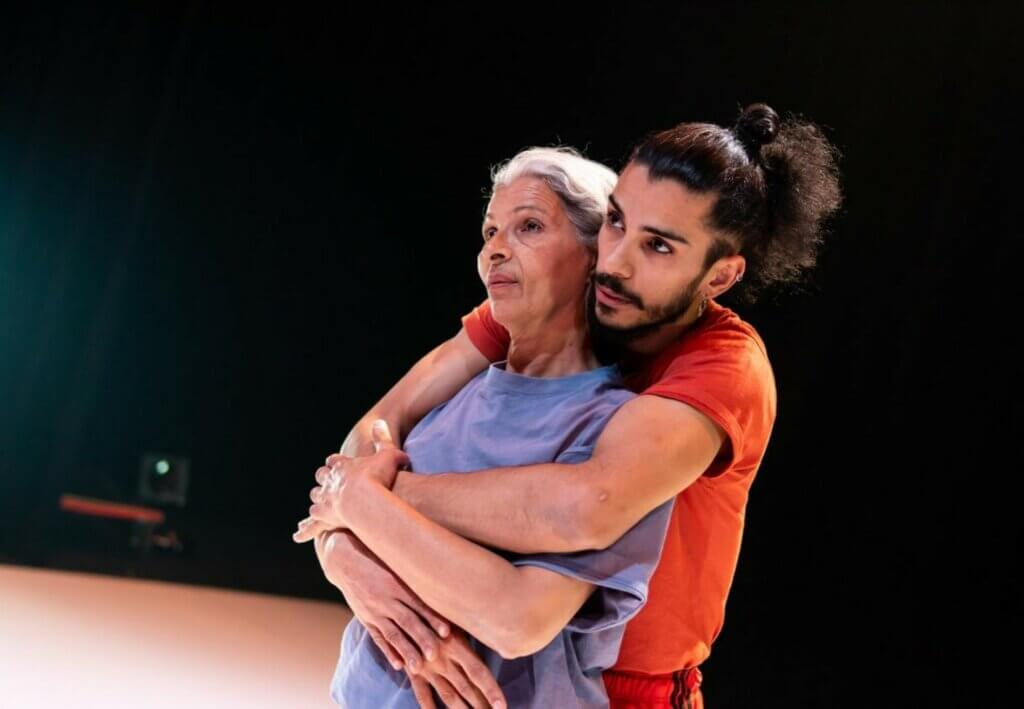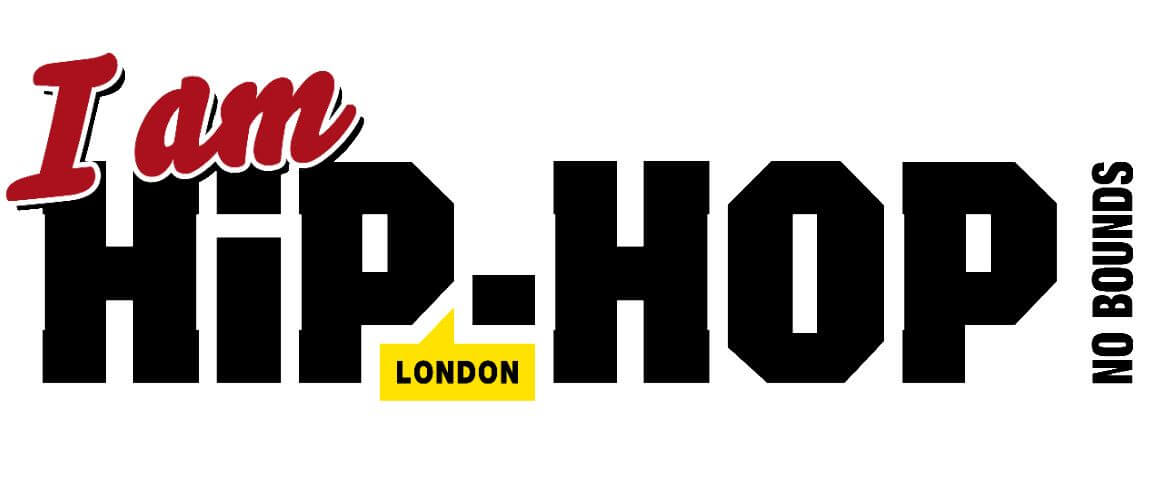
©Christian Tandberg
My first thought when I see or hear the word fragile is the inability of whiteness to ever view itself as an aggressor or perpetrator. From the moment I sat down in my seat at Battersea Arts Centre to witness The Power (of) the Fragile as part of the Shubbak Festival, I realised that fragility has the power to, in this case, provide a show that enables the unimaginable to appear and dreams to be realised.
We understand this metaphor in many iterations from the beginning to the end of the work. From Mohamed Toukabri explaining to his 60 year old mum and fellow performer, Latifah Khamessi the rules of the theatre: backstage, upstage, sound system, curtain, dance floor to Mohamed telling the audience that due to a visa refusal from Tunisia to Belgium for his mum, this show had been cancelled twice, 65,000 euros down the toilet. Despite the odds, the show happened. Rules are there to be broken.
Latifa always dreamed of being a dancer but never had the opportunity for formal training and Mohamed, a world class b‑boy and contemporary dancer was intent on making her dream become true. He continued to coach her on stage through parodies of the European dance cannon, translating techniques and styles from French to English: Dance expressionist, Dance conceptual and the final explanation of the fourth wall; allowing them to ‘Be in the here and now’. The beautiful satirical layering illustrated the arbitrariness of dance, theatre and its rules as anyone despite their age or ability, can dance on stage.
Tchaikovsky’s ‘Rite of Spring’ was the first official dance number. Latifah used her arms to perform abstract gestures mirrored by Mohamed before referencing Pina Bausch and sharing his knowledge and experience of European institutions, later citing technical dance positions and how to achieve them; sharing the notion of one fist between your feet is a parallel position. As a professional dancer myself, I found great pleasure in this moment.
Later, Nina Simone’s song ‘Images’ exemplifies Mohamed’s love and respect for (in his words) his first country (Latifah). The duo danced a considered duet with a striking moment in which Mohamed mid-headstand, placed his feet together to create a diamond shape over Latifah’s head as they both covered eyes with their hands, displaying their physical as well as spiritual trust for each other.
The tenderness between mother and son is rarely something that I personally get to witness on stage. I felt lucky to be invited to witness such beauty.
Finally, Latifa finds her own dance expression. She likes Michael Jackson and Madonna and claps, skips and dances abandonly to Chic’s Le Freak, as we finally experience Mohamed’s b‑boy identity, as he back spins and flared stage right. The colonial juxtaposed with club/free/non white expressionist dance communicated the unfounded colonial journey of what it means to be a “professional dancer”. Latifa is undeniably a dancer and is quite literally where Mohamed gets his dance from.
Having both found their own freedom of movement, it was time for Latifah to tell her story and we learn that she was born and raised in Tunisia without a formal education, moving to Italy at 18 years old, where she found work and lived for 10 years. After meeting Mohammed’s father on vacation in Tunisia, she moved back to be with him, but this later caused VISA difficulty for her to go back to Italy. When Mohamed decided to study dance at the prestigious school P.A.R.T.S in Belgium, she couldn’t visit him either due to visa issues. Latifah uses her words to tell her story whilst her son uses his body blending his contemporary training with his b‑boy heritage, occasionally landing on Latifah’s lap to be cradled.
The piece ended on a celebratory note with Latifah dressed up as queen in which Mohamed rolled out a literal red carpet. A sign from the ceiling fell to reveal a text written ‘ The Statue of integration’ and Mohamed held a flag of the EU, of course a funny reminder to us in England who are no longer a part of it: a laughable and somewhat imaginary border. Mohamed danced joyously, elevating his mother as the queen of the stage and enacting the reversal of an action that she once did to him as a child.
Transcending borders through their bodies and elaborating that the distance and separation from source can actually strengthen our roots, The Power (of) Fragile is a reminder that dance and its power lives within us all and has the ability to go beyond what we can humanly perceive. If you do not have the freedom of movement because of a passport, freedom can always be found through dance.
Valerie Ebuwa
Latest posts by Valerie Ebuwa (see all)
- REVIEW | THE POWER (OF) THE FRAGILE : A MOVING DANCE PERFORMANCE EXPLORING FRAGILITY, DREAMS, AND BOUNDARIES — July 5, 2023
- REVIEW | CELEBRATING 20 YEARS OF EXCELLENCE AT BREAKIN’ CONVENTION DAY 2 — May 9, 2023
- REVIEW | BREAKIN’ CONVENTION 2022…A MUCH NEEDED INJECTION OF ENERGY, POSITIVITY AND HOPE FOR THE FUTURE OF THEATRE — May 13, 2022
